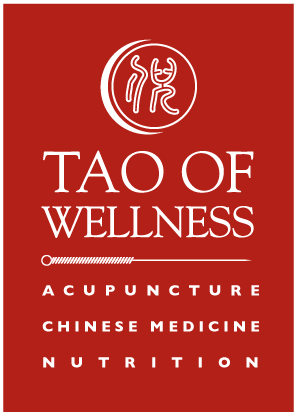The Art of Gua Sha
A healing technique of Traditional Chinese Medicine, gua sha dates back to the Ming Dynasty (1368-1644). It commonly involves using an instrument with a smooth edge to press-stroke or scrape lubricated skin in one direction for the purpose of increasing circulation and releasing stagnant blood and toxins. When more blood and oxygen flow to the area that is treated, the body responds more efficiently and healing can take place.
The word “gua” means to scrape or rub, and “sha” has a couple of meanings. First, it refers to the reddish speckled rash on the skin that appear after treatment. The stroking motions of gua sha — generally not painful — can cause capillaries near the skin surface to bleed, which causes red or purple streaks to appear along the stroke pattern. The streaks disappear in a few days. As strokes are applied, fluids and toxins are drawn to the skin. Secondly, “sha” refers to stagnant blood or qi that is blocking the proper flow of energy and blood in the pathway of the channel.
Most people use gua sha as a preventative or as a first-aid treatment for common conditions such as a cold, flu, headache, asthma, bronchitis and both chronic and acute pain. It’s also used to stimulate the immune system, detoxify the body and release fevers as the scraping brings excess heat and toxins to the surface of the skin.
Gua sha is a simple, safe and very effective way to treat many conditions and promote overall health and wellness. At Tao of Wellness we usually combine it with an acupuncture treatment. Some people also learn how to treat themselves. To learn more, ask your practitioner about it during your next appointment.
